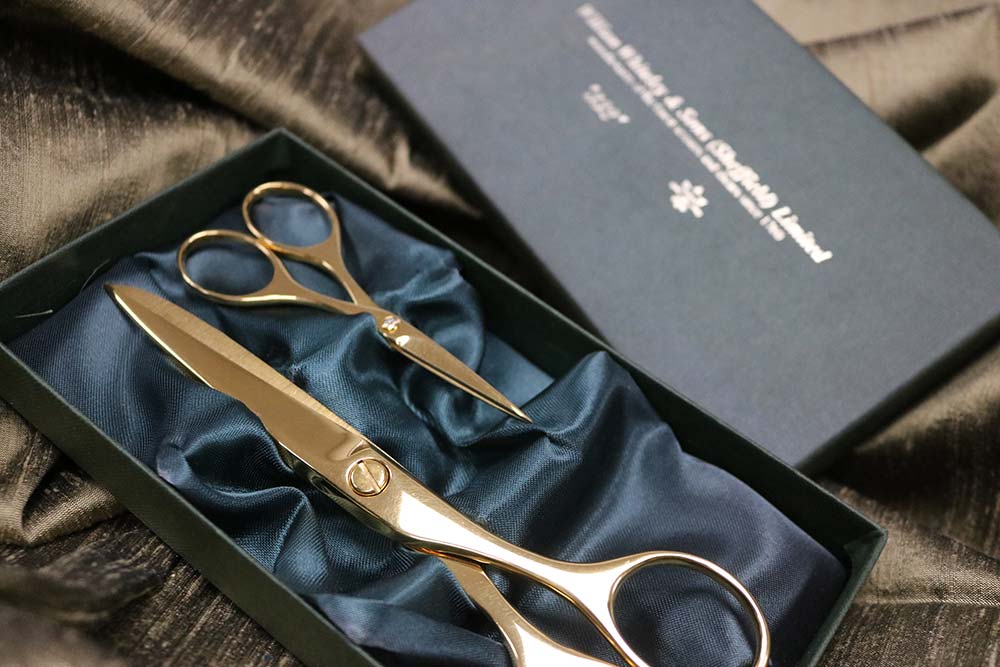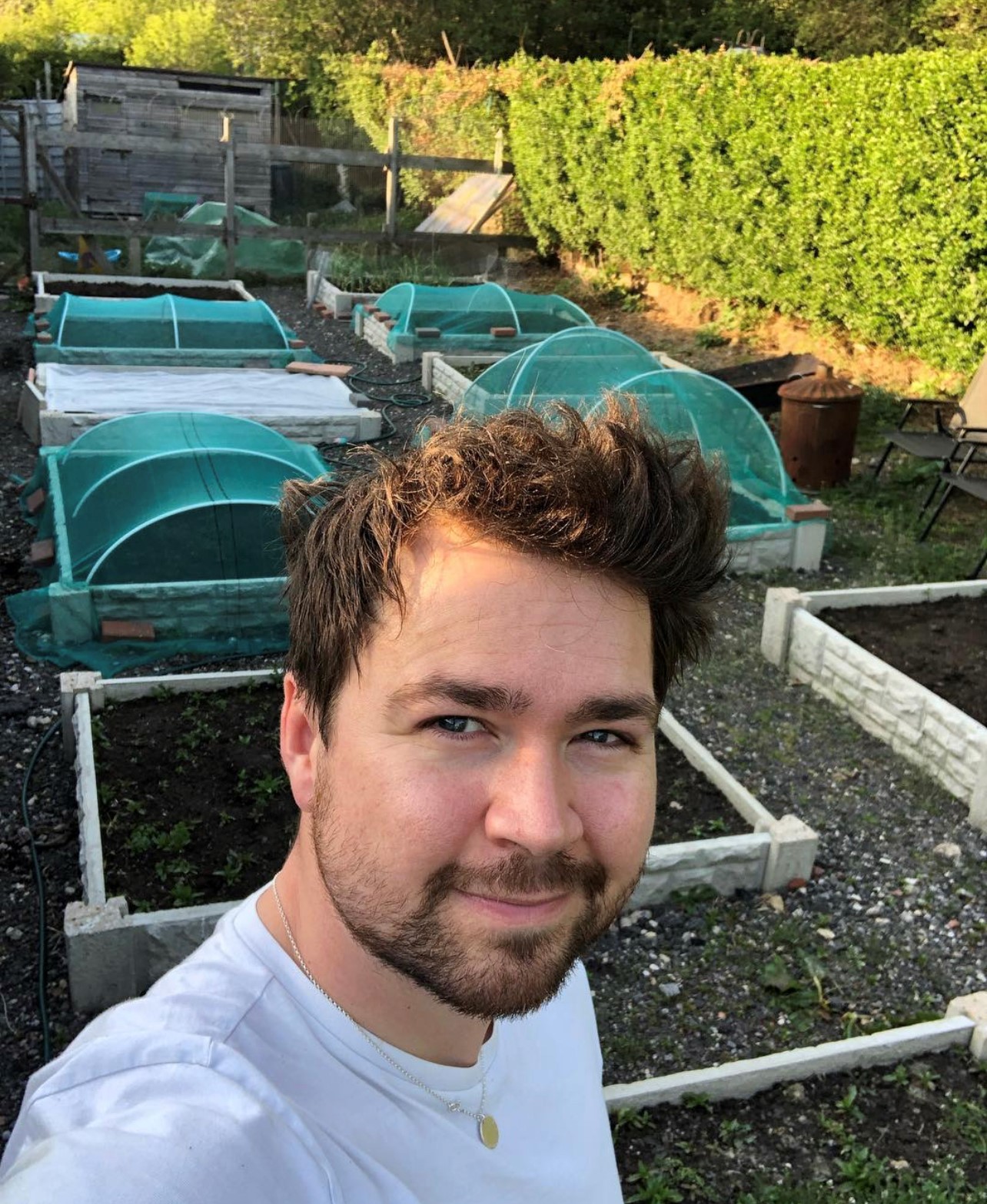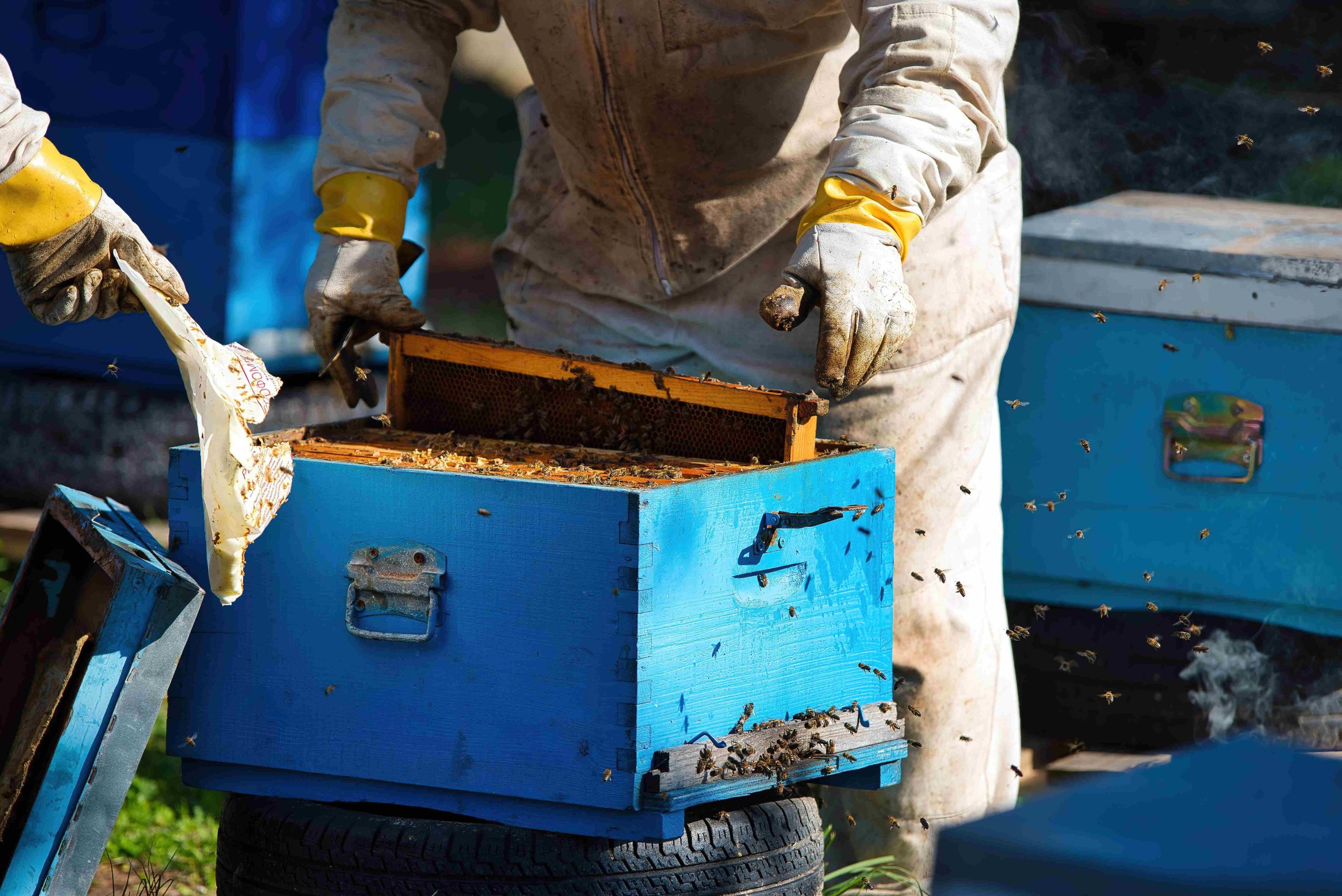
Sally’s Blog: Alan Whiteley – Beekeeper
My cousin Alan Whiteley, alongside being a consultant neurologist until recently, has been a beekeeper for many years. He loves nothing more than tending to his hives, watching the bees buzzing around and collecting nectar.
One day, as he was turning over a compost heap in his allotment, he noticed something shiny at the bottom of the pile. It was an old pair of our kitchen scissors, they were very well-used, full of history, a little rusty, but still sharp!
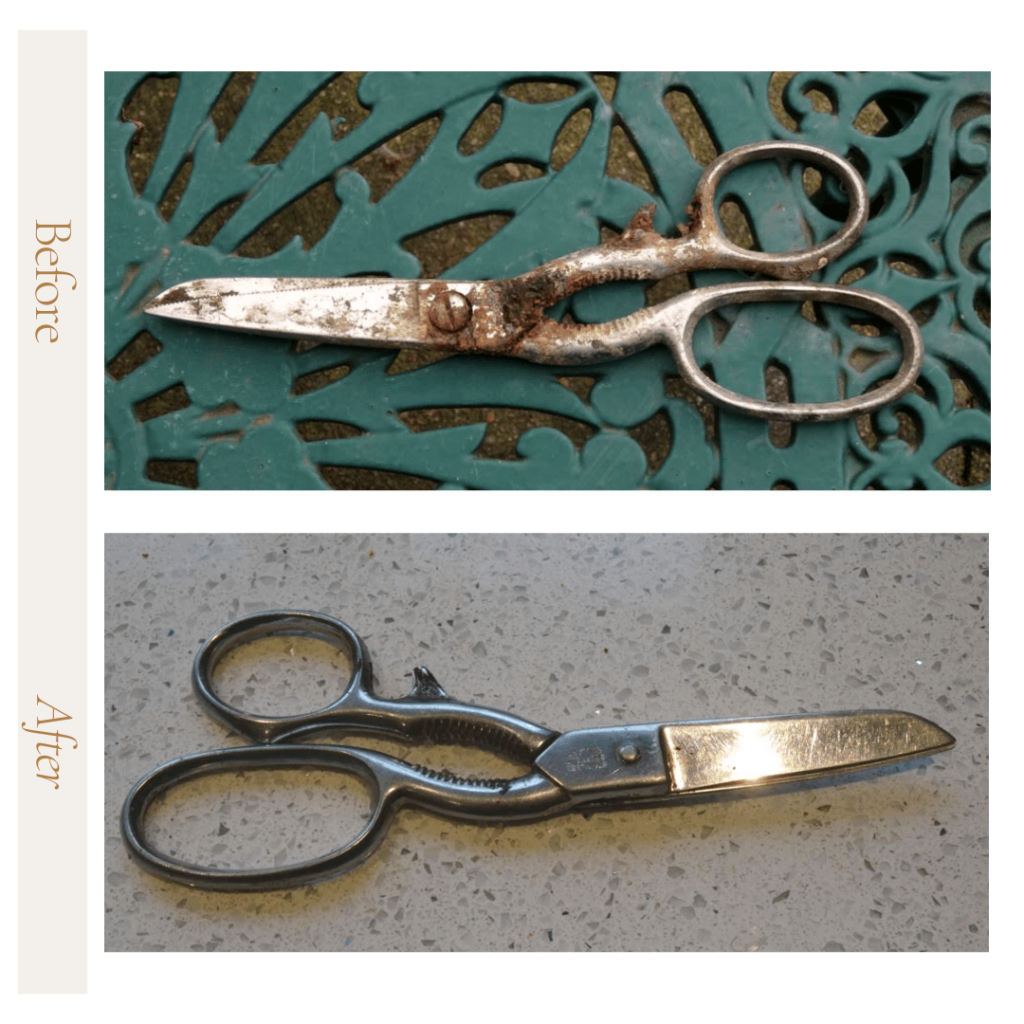
Despite having become sensitive to bee stings he underwent treatment to allow him to continue attending to his two hives. I enjoy my annual delivery of his honey, knowing the expertise and care lavished on the hives. Another amusing connection in the Whiteley family is the supply of oxalic acid (used in our production processes) which Alan also uses to treat his bees against the Varroa Mite!
The importance of bees
Bees play a crucial role in pollinating flowering plants, which are responsible for producing many of the fruits, vegetables, and nuts that we eat. Without bees, our food supply would be greatly diminished, and the prices of many foods would skyrocket. In addition, bees are important for maintaining healthy ecosystems, as they contribute to the reproduction of wild plants and help to support other wildlife. Bees also produce honey, beeswax, and other valuable products that are used in a variety of industries. Overall, bees are essential for our food security, economy, and environment, making them one of the most important insects on the planet.
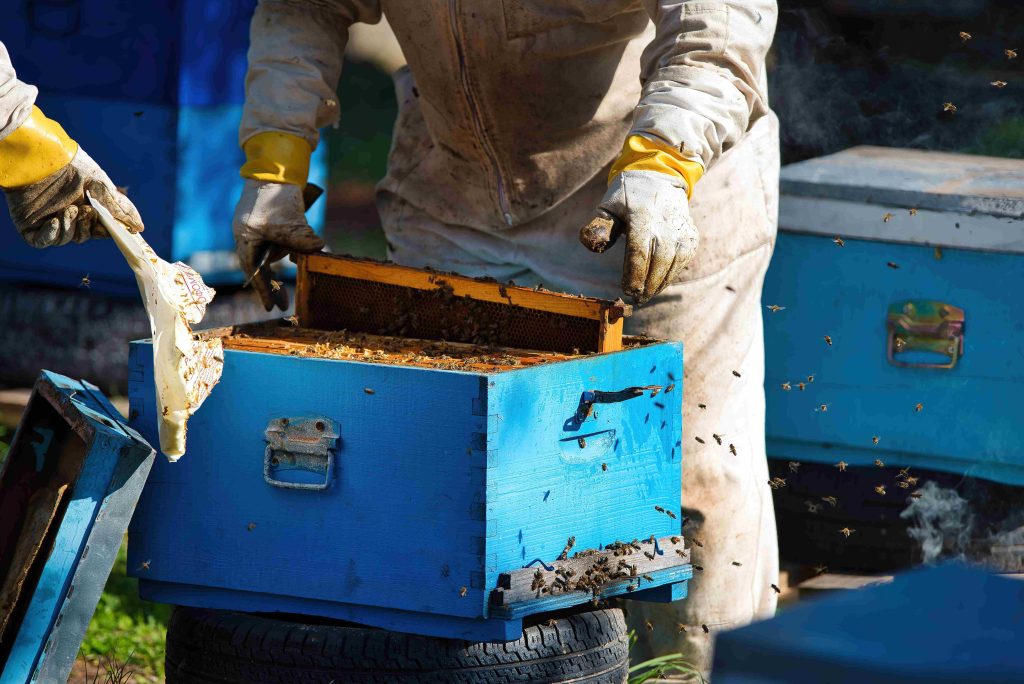
10 Fun Facts about the Bees
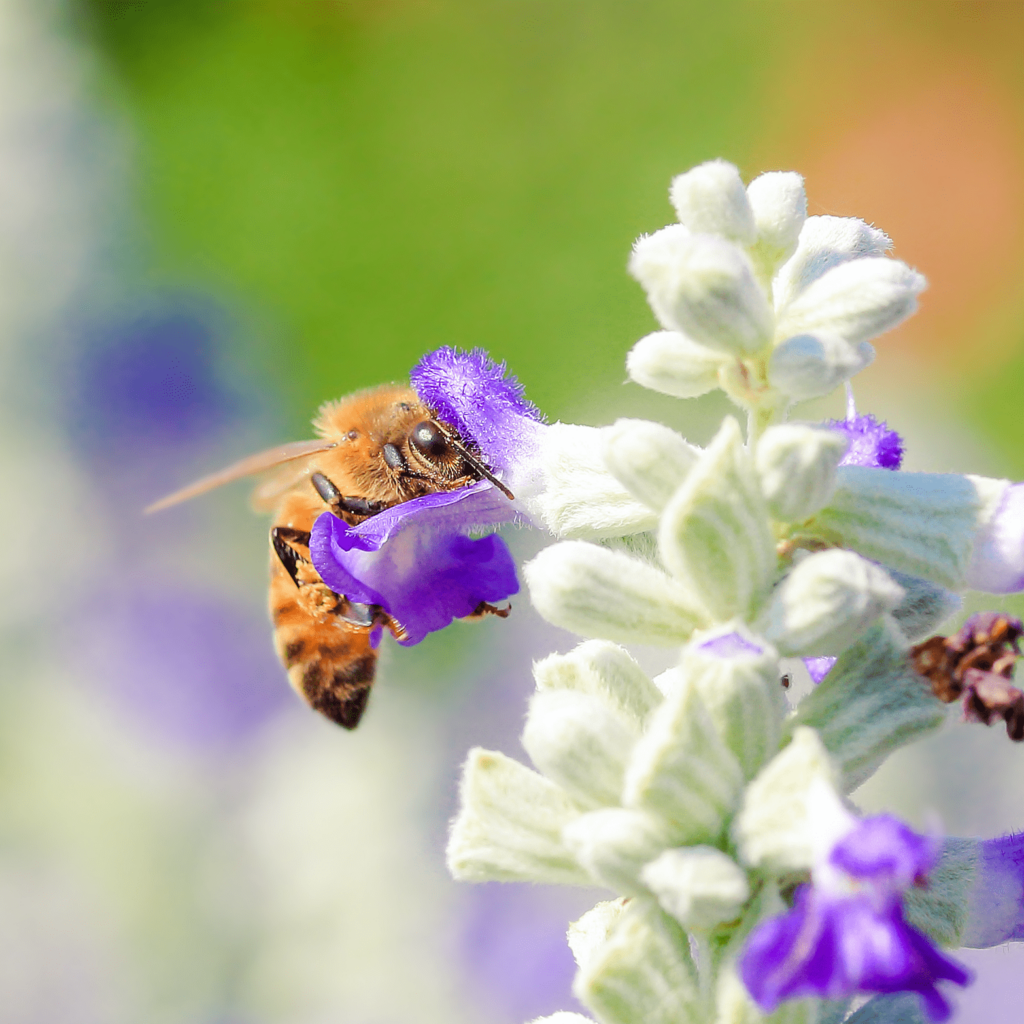
- There are about 20,000 different types of bees in the world.
- Only female bees sting! Queens and worker bees are all female. Drone bees are all male.
- Bee venom is stored in a sack attached to the singer.
- Bees can see all colours except the colour red.
- Their sense of smell (along with their sight) helps them find flowers they need to collect pollen, which is their preferred food source.
- They carry pollen on their legs and body from flower to flower.
- Bees can drop pollen while they’re flying, which helps pollinate other flowers and plants. This creates symbiosis and allows plants to keep growing, which keeps our air breathable. We need bees to survive.
- Some bees of course also eat honey! Honey bees make honey by following a lengthy 10-step process and use it to feed their young so they have something to eat during the winter, when they can’t get pollen from flowers as easily.
- Smoke can calm bees. Beekeepers use this to keep bees calm when collecting honey or moving a hive – hives have queen bees, worker bees, and drone bees.
- A drone bee’s only job is to mate with the queen to create new bees. Worker bees clean the hive, collect pollen and nectar to feed to the whole colony, and take care of the babies.
Source from: PestWorld for Kids © Copyright 2023 National Pest Management Association
Save the Bees with us!
We are introducing an amazing campaign this spring to support biodiversity.
All UK orders will receive a complimentary packet of wildflower seeds as part of the Help Save the Bees campaign.
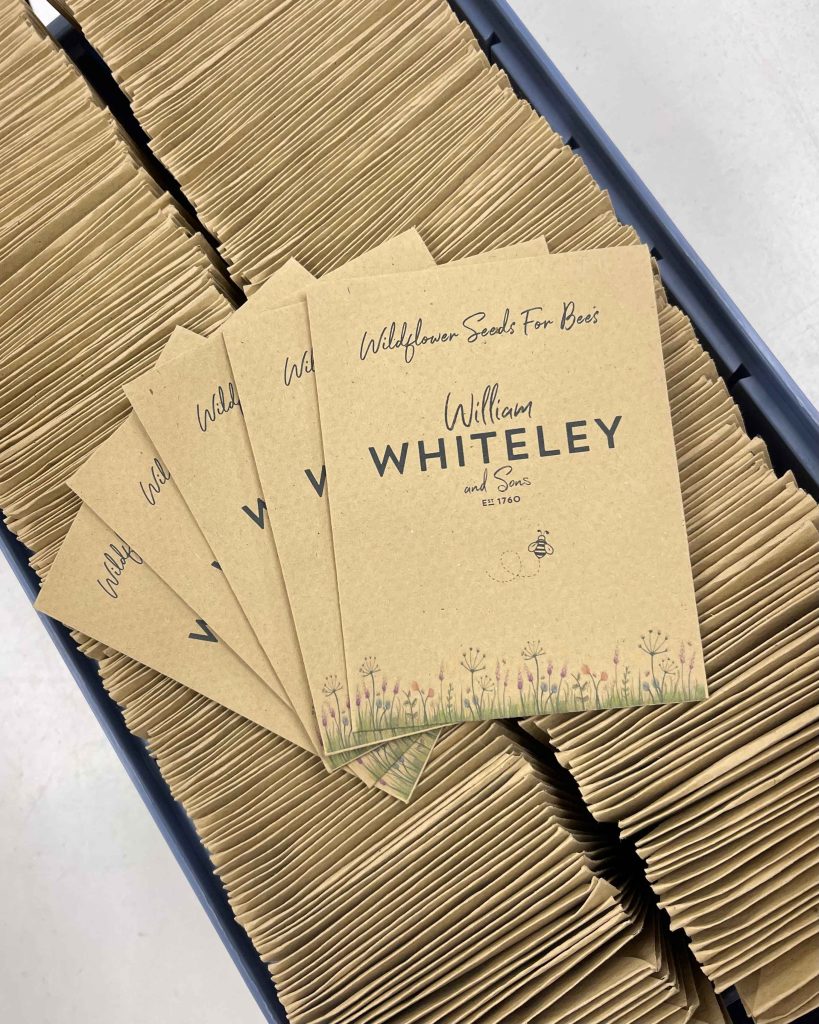
Follow us on social media to find out our latest updates:
Post a Comment
You must be logged in to post a comment.

